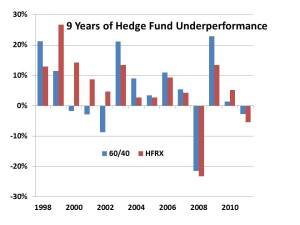The Quiet Buying of Shale Gas Assets
The FT notes in an article this morning how M&A activity in the shale gas arena reached almost $50BN during the third quarter, a 135% jump on a year ago. Some deals were large and notable, such as Kinder Morgan’s (KMP) purchase of El Paso. Others took place out of the spotlight, but what is clearly taking place is a growing acknowledgment by the major energy companies that domestic natural gas in the U.S. will represent an increasingly important source of energy production. It’s here in the U.S., it’s cleaner than other fossil fuels (though global warming is yesterday’s story) and it’s persistently cheap. They very success of so many E&P companies in drilling for natural gas has depressed its price, helping consumers but hurting profitability. When Petrohawk sold their business to BHP Billiton it confirmed CEO Floyd Wilson’s oft-stated belief that the assets Petrohawk owned better belonged within a larger company with a lower cost of capital. That statement really is the key to the natural gas story. In a time of abundant and cheap natural gas, the company that has the lowest overall cost structure (including the cost of financing the necessary capex) will win.
As an investor, you have to choose carefully though, and definitely avoid companies that use too much leverage. As a result we’ve never invested in Chesapeake (CHK). Aubrey McClendon is a great cheerleader for the industry but has exhibited a wholly different risk appetite in the past than we would like. We continue to like Comstock (CRK) a name that’s fallen too far. We also think Devon Energy (DVN) is a solid investment trading as it does close to the value of its proved reserves (providing a cheap option on likely but not yet proven assets) and with half its revenues now coming from crude oil production. It’s also all onshore, having divested its offshore and non-U.S. assets in recent years.
But Master Limited Partnerships (MLPs) also allow an interesting angle on the development of shale gas assets. Once the gas is extracted it needs to be processed, refined, transported and stored. This is to a large degree what drove KMP’s acquisition of El Paso; positioning for the huge infrastructure investments required to move natural gas from under the ground to the U.S. consumer. I found it interesting that earlier this month JPMorgan initiated research coverage of MLPs. They used to cover them but the analyst left several years ago and they dropped their emphasis on the sector. But JPMorgan estimates $130BN in capital investment over the next ten years as the industry responds to a shifting mix of fuels to provide energy. The tax status of MLPs precludes them from retaining much of their earnings, so new projects are usually funded with freshly raised debt or equity capital. For an investor this imposes discipline on management, since a poorly conceived project won’t easily attract cheap financing. JPMorgan no doubt sees an attractive long term fee opportunity. Meanwhile, there are ways to participate in shale gas development for the equity investor through E&P companies and the income seeking investor through MLPs. The sector has also recovered strongly from the sell-off in equity markets through September – the Alerian MLP Index (AMZ) is back within 5% of its high reached in April. 6% distribution yields and steady growth help.
